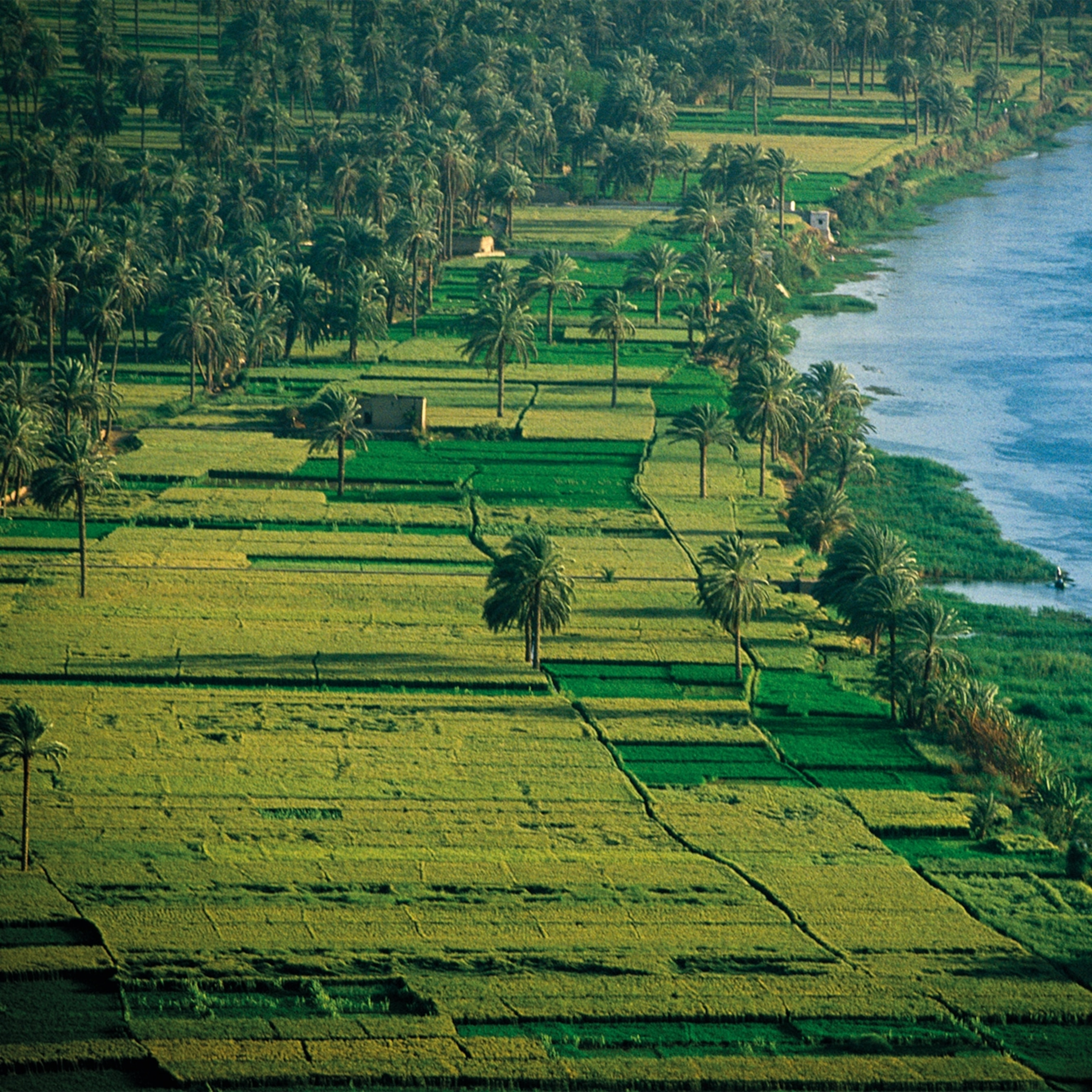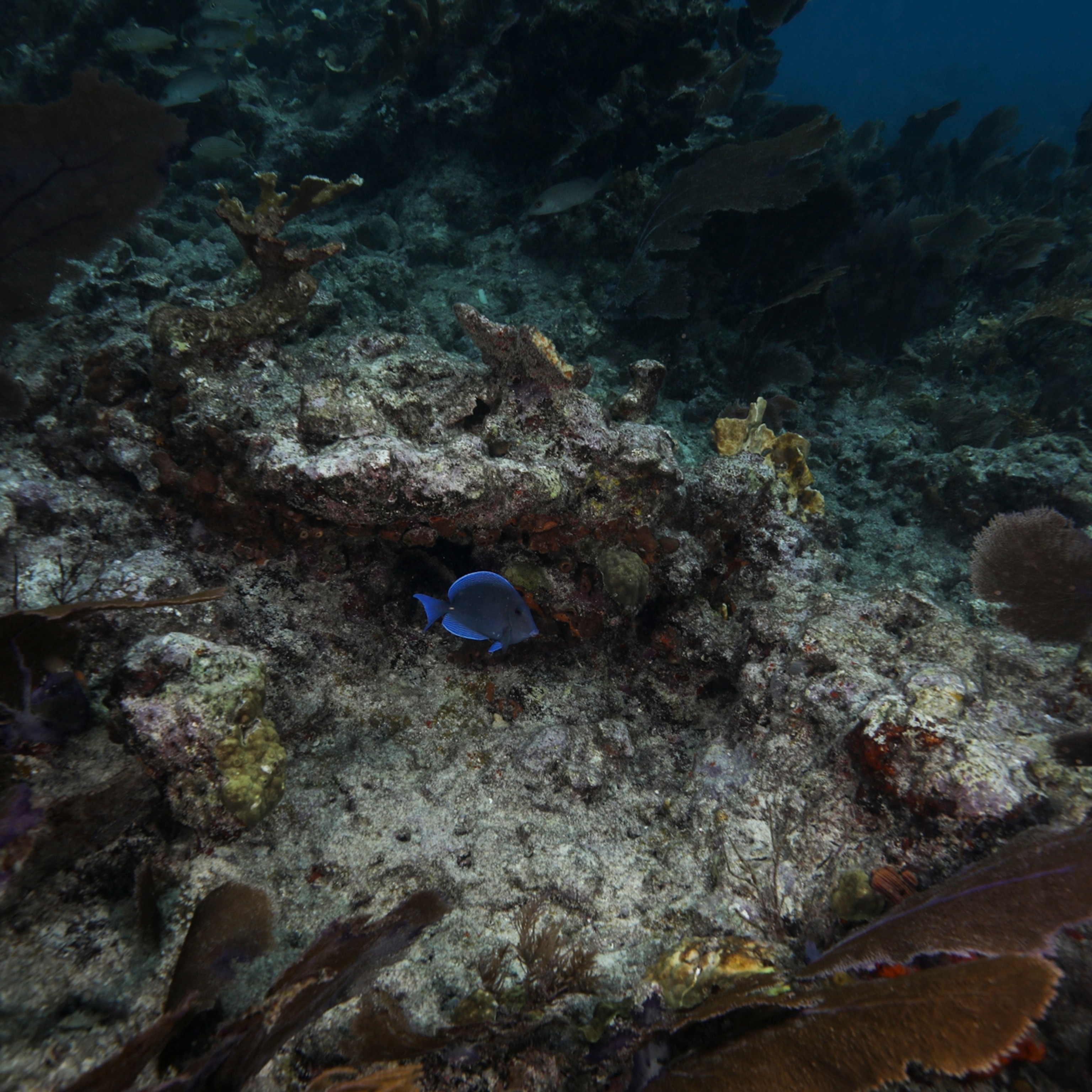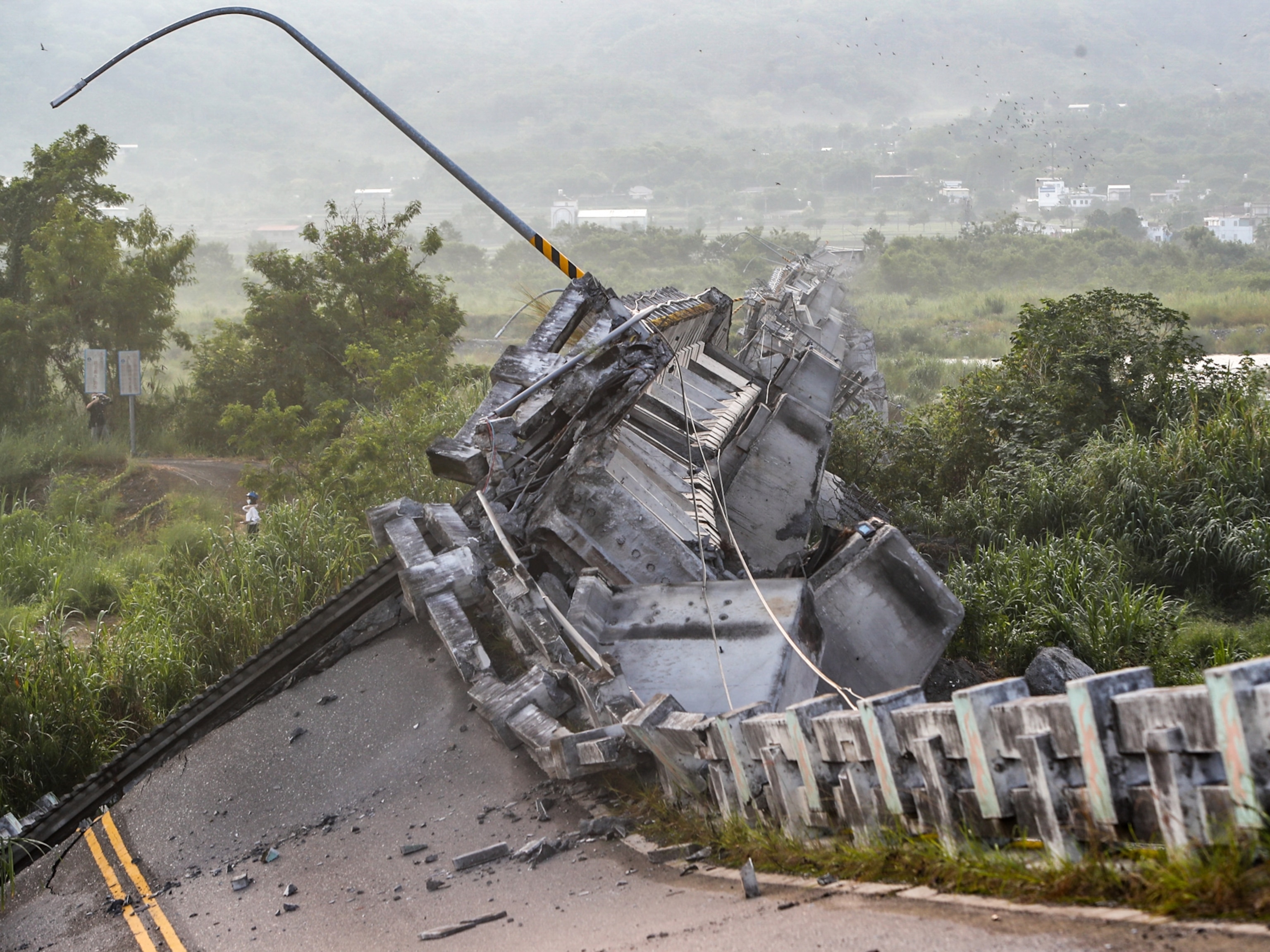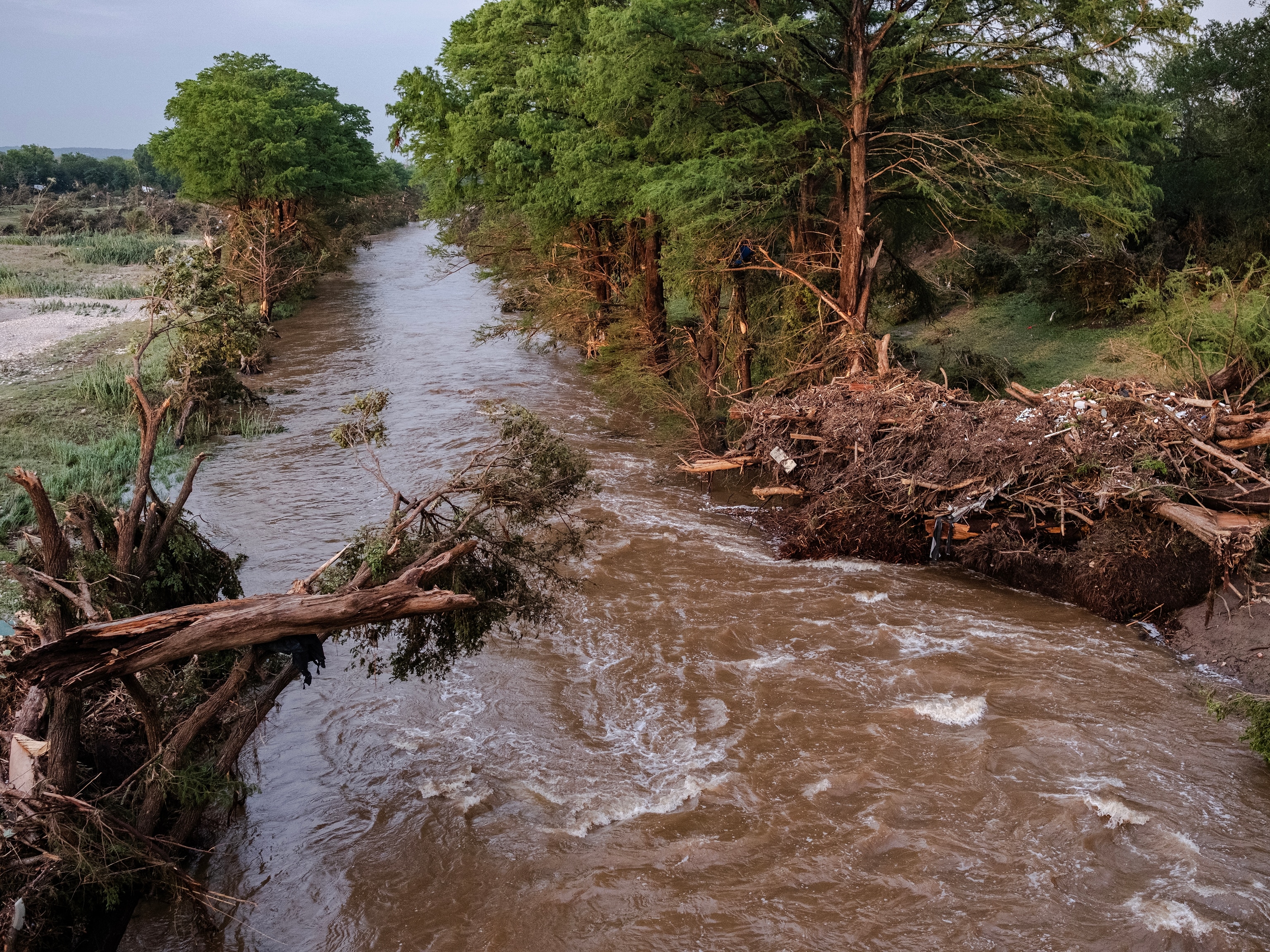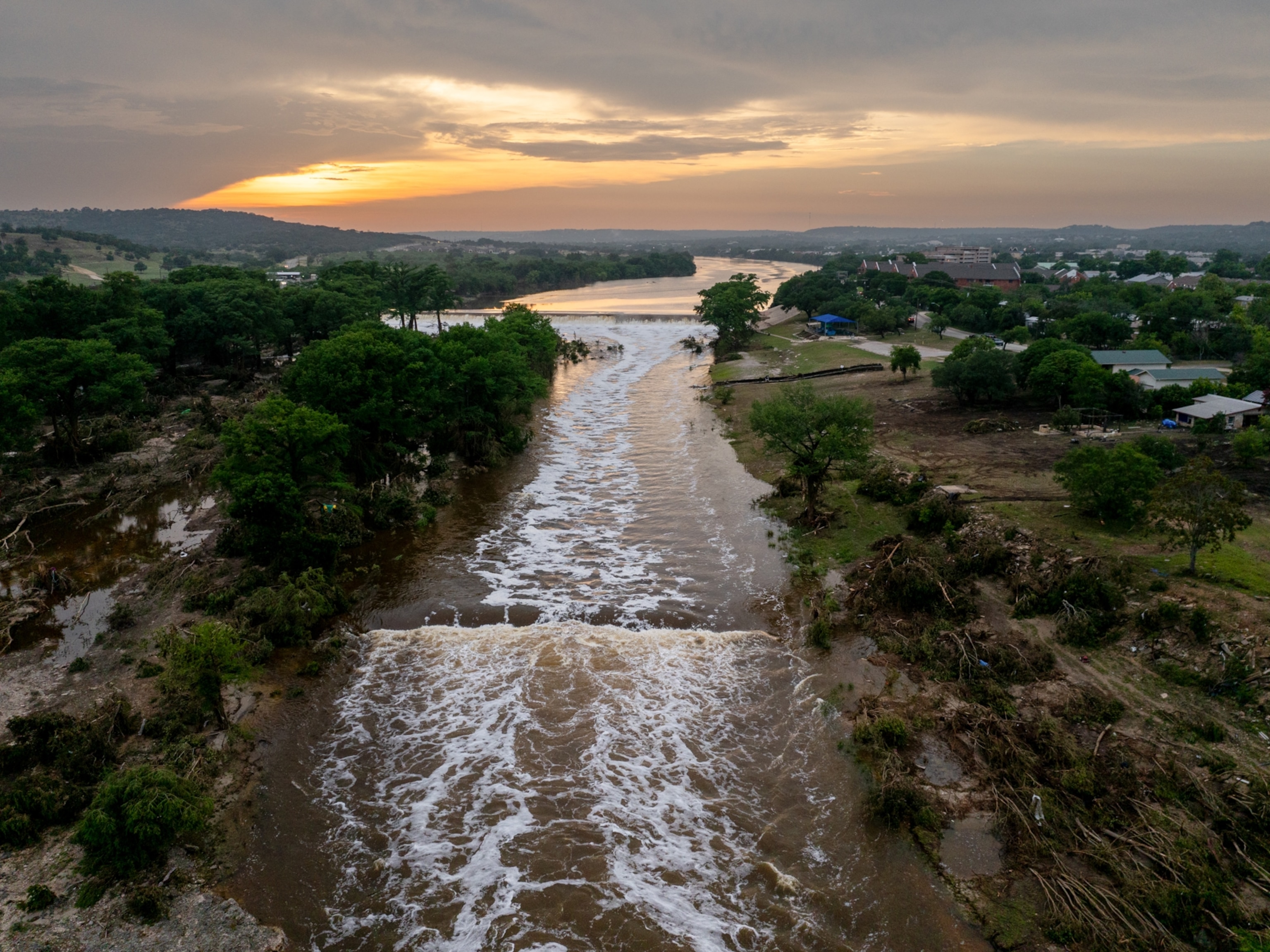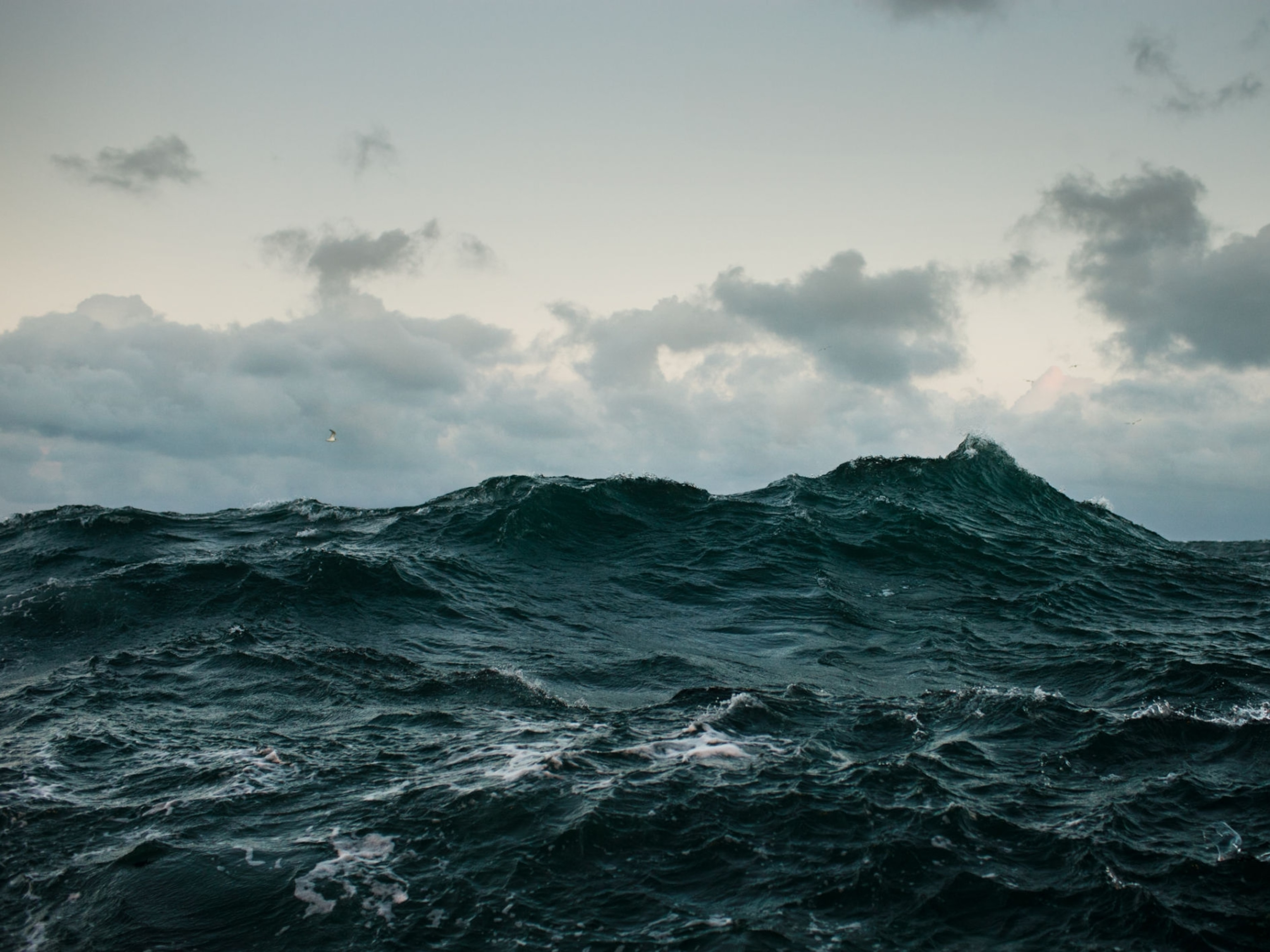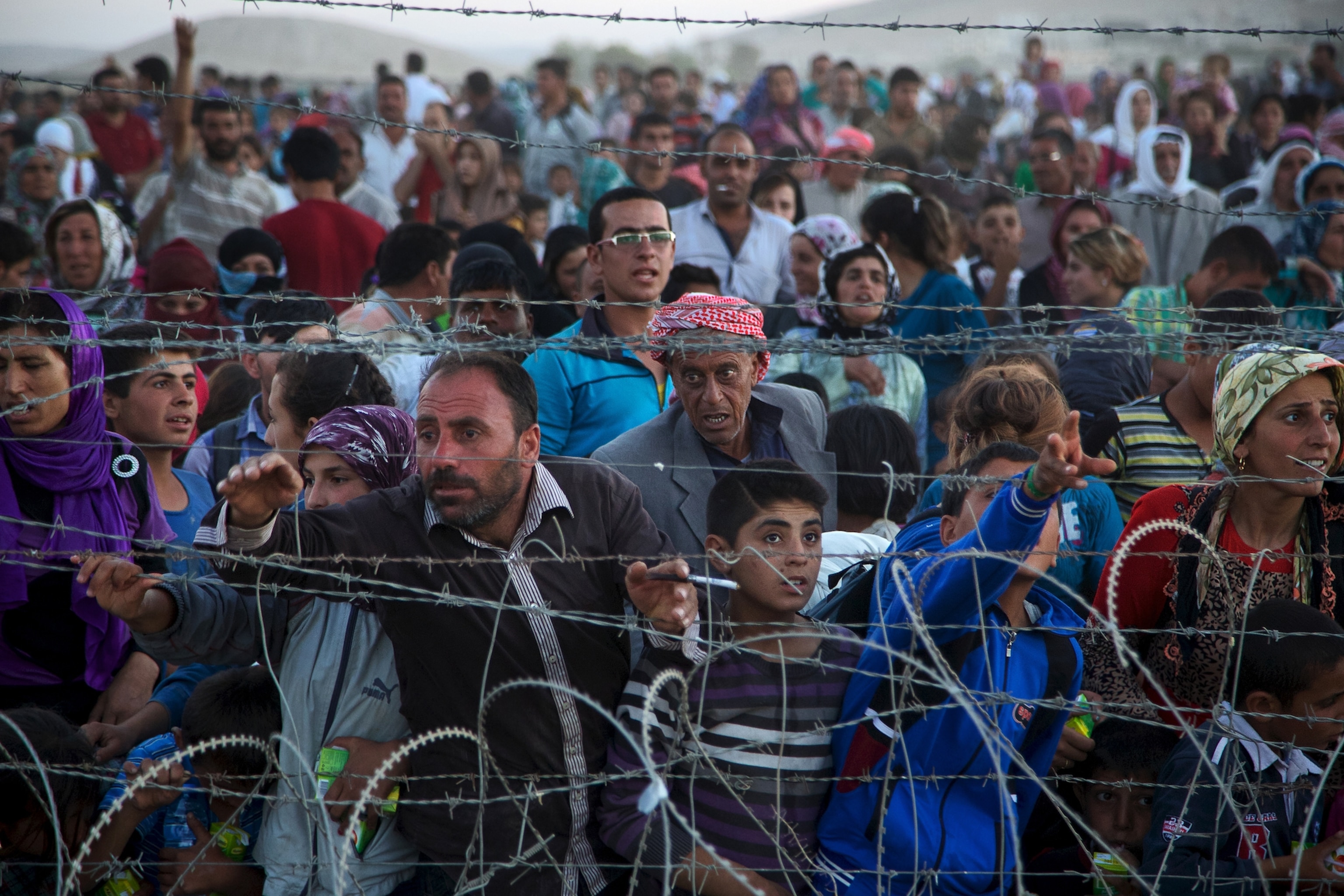
Photographer Captures Tens of Thousands Fleeing ISIS
Learning of a refugee flood, John Stanmeyer went to Turkey's border.
At least 66,000 Syrian Kurds streamed into Turkey on Saturday, fleeing the latest advances of the Islamic State—the violent Sunni group that has declared a caliphate in parts of Syria and Iraq—as it moved further north in a bid to extend territorial control. The militants’ onslaught left as many as 40 towns and villages in northern Syria, including the border city of Ayn al Arab, called Kobane in Kurdish, virtually empty, as thousands of men, women and children sought safety.
Turkey has received more than 1.2 million Syrian refugees since the beginning of the uprising against President Bashar al-Assad, which erupted in spring 2011 and quickly morphed into a vicious civil war that spawned multiple extremist groups, including the Islamic State.
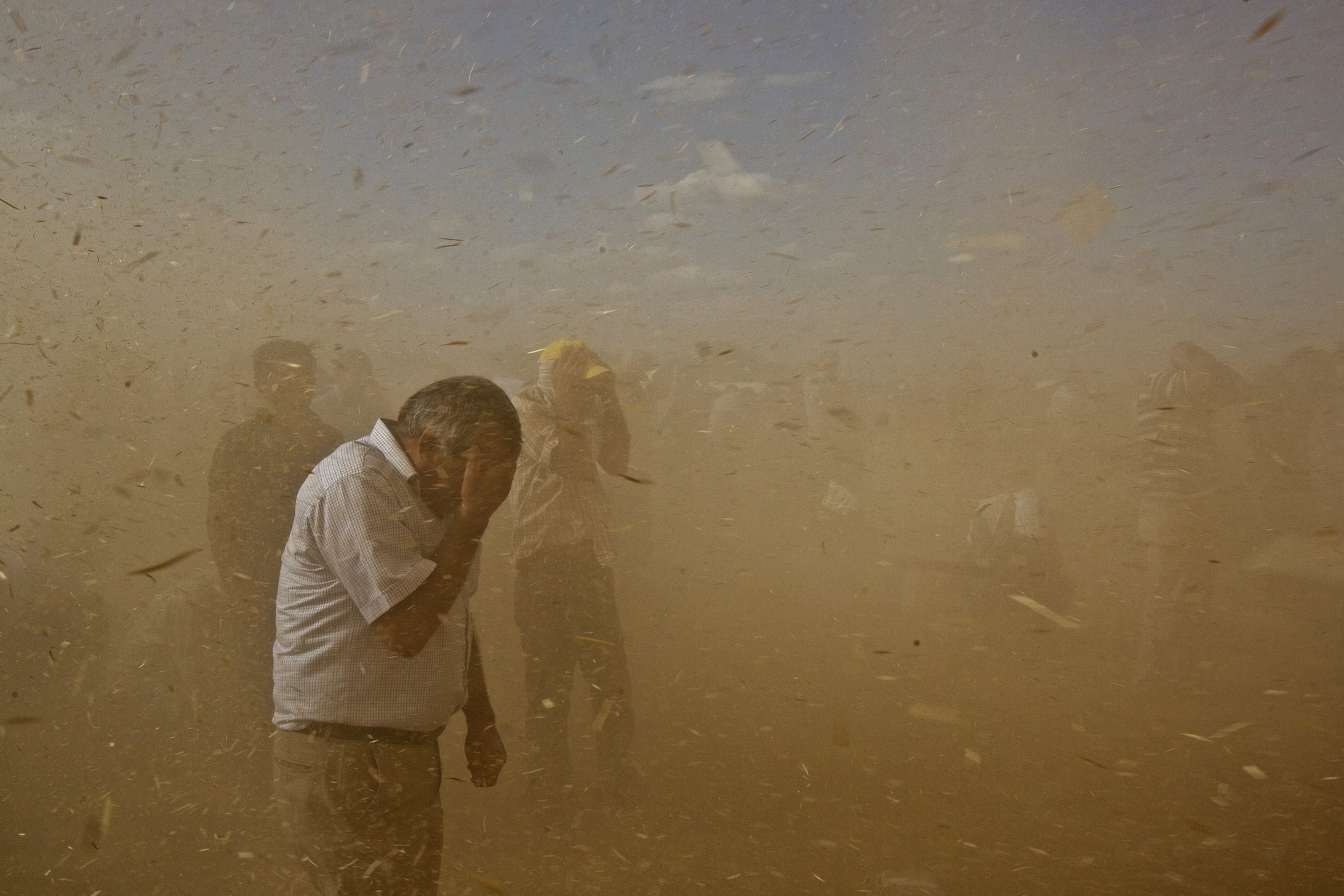
The latest surge in refugees from the ensuing violence has Turkish government officials and international aid officials urgently working to prepare for the possibility that Islamic State advances could create hundreds of thousands of additional refugees. National Geographic contributing photographer John Stanmeyer, who has covered conflicts around the world, has been in Turkey for the last three weeks documenting the plight of refugees there. Upon learning of this weekend's crisis, he rushed to the border. We spoke with him by phone early Sunday morning:
What did you find at the border?
It was organized pandemonium. The border is barbed wire, and concertina, and the Turkish military was there in fairly decent numbers, maybe 40 along the border on Friday evening, with 4,000 refugees on the other side. They had cut an opening into the fence and there was a swarm of four to five thousand people coming in.
Twenty to 40 cities fell in the last 24 hours, and ISIS (The Islamic State in Iraq and Syria) is moving in with tanks and artillery and killing people in its path, so everyone dropped what they were doing. I was told it was a fairly stable Kurdish area until 24 hours ago. (Related: "Iraqi Christians Weigh Taking Up Arms Against the Islamic State.")
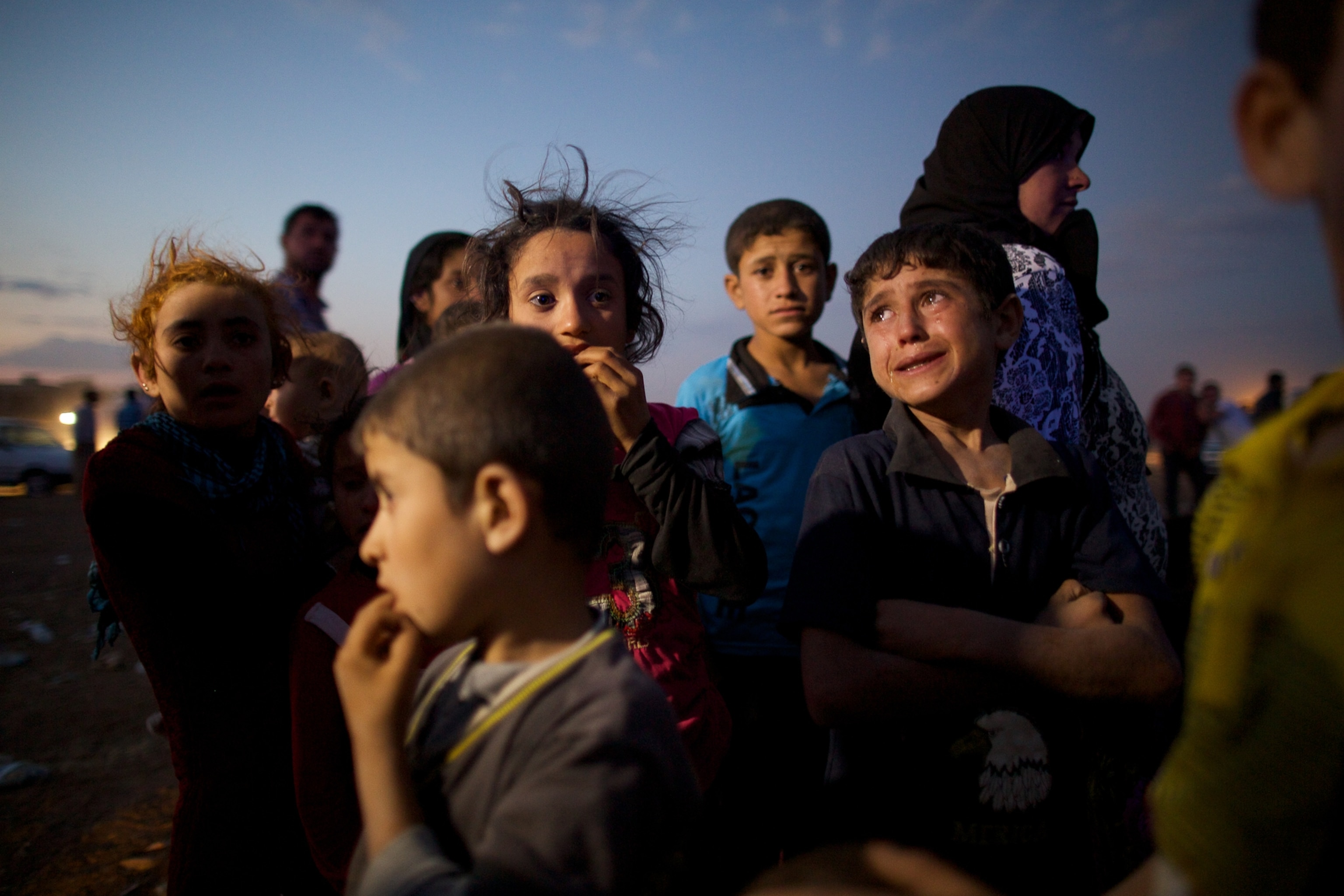
The bizarreness of it all is that this was an influx of many middle class people wandering in wearing slacks and dresses and jackets, even carrying elegant handbags. It’s clearly a group of people that have not migrated like this before. They only brought the clothing on them or a roller, as if they were heading to the airport. Seeing them, I feel like I’m photographing myself, I’m witnessing the reality that can befall upon anyone of us.
Had they been chased? Were they suffering?
This was not an exodus like in Rwanda, but a lot of people coming handicapped, in wheelchairs. A lot of people were being carried across border. One woman had very specialized leg braces but she couldn’t walk. Many elderly, infirm, handicapped. I saw three or four kids with Downs Syndrome. It wasn’t just the poor or rural community. Many were middle class in this exodus.
Where are they coming in?
There were eight different places along a 40-kilometer stretch where people were pouring in. It was a constant stream. There was a perpetual influx of men, women and children from all walks of life, but definitely not just peasant farmers. I was told by one person that anybody staying behind is being killed or is going to be.
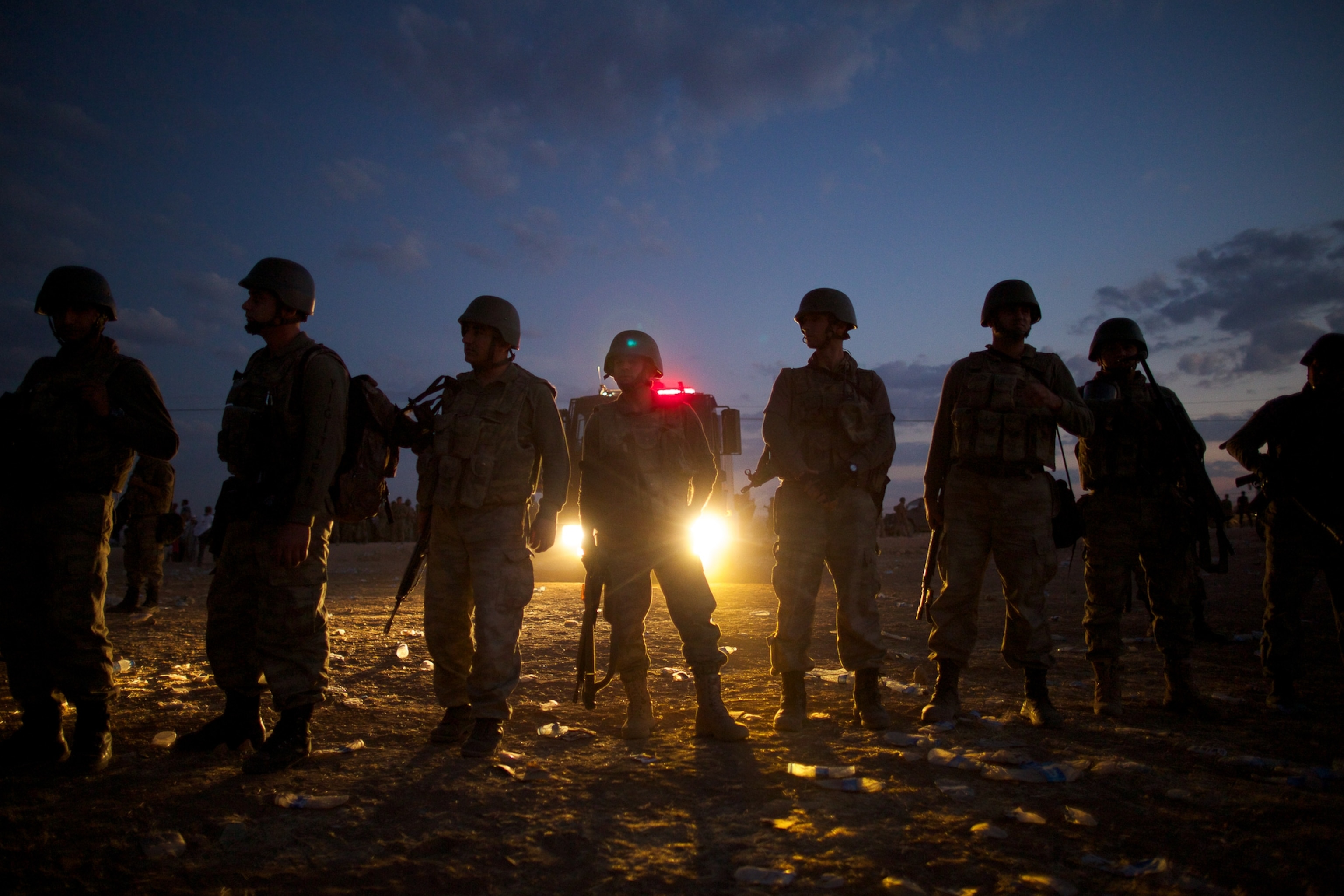
What stories did you hear from the refugees?
Most of them had walked between 10 and 14 kilometers to get to the border. They were carrying roller bags, mattresses. One group of women I talked to were just glad to be there and they hope to get work in Turkey. It’s cotton season here. They said, "We’re coming here and will sit here until we get a job."
Others just don’t know what they’re going to do. There was one group of 40 people who had taken over a gas station, sleeping where the gas pumps are. There’s a bit of anticipation, of semi-euphoria, in crossing the border. When they get into Turkey, the deer in the headlights moment hits. They think, "Oh, what do I do now?" Some have relatives here, or people they know.
What had the refugees seen of the Islamic State militants?
They were getting shelled by tanks and artillery as IS was 10 kilometers away, and then it got more relentless, so at that point they just left. They knew it was ending. These were full infrastructural cities, and they just fell. In the distance, about 14 kilometers away from here is a giant plume of perpetually burning smoke, and it has burning for the last 24 hours. It’s a village with a mammoth fire taking place. It’s still burning.
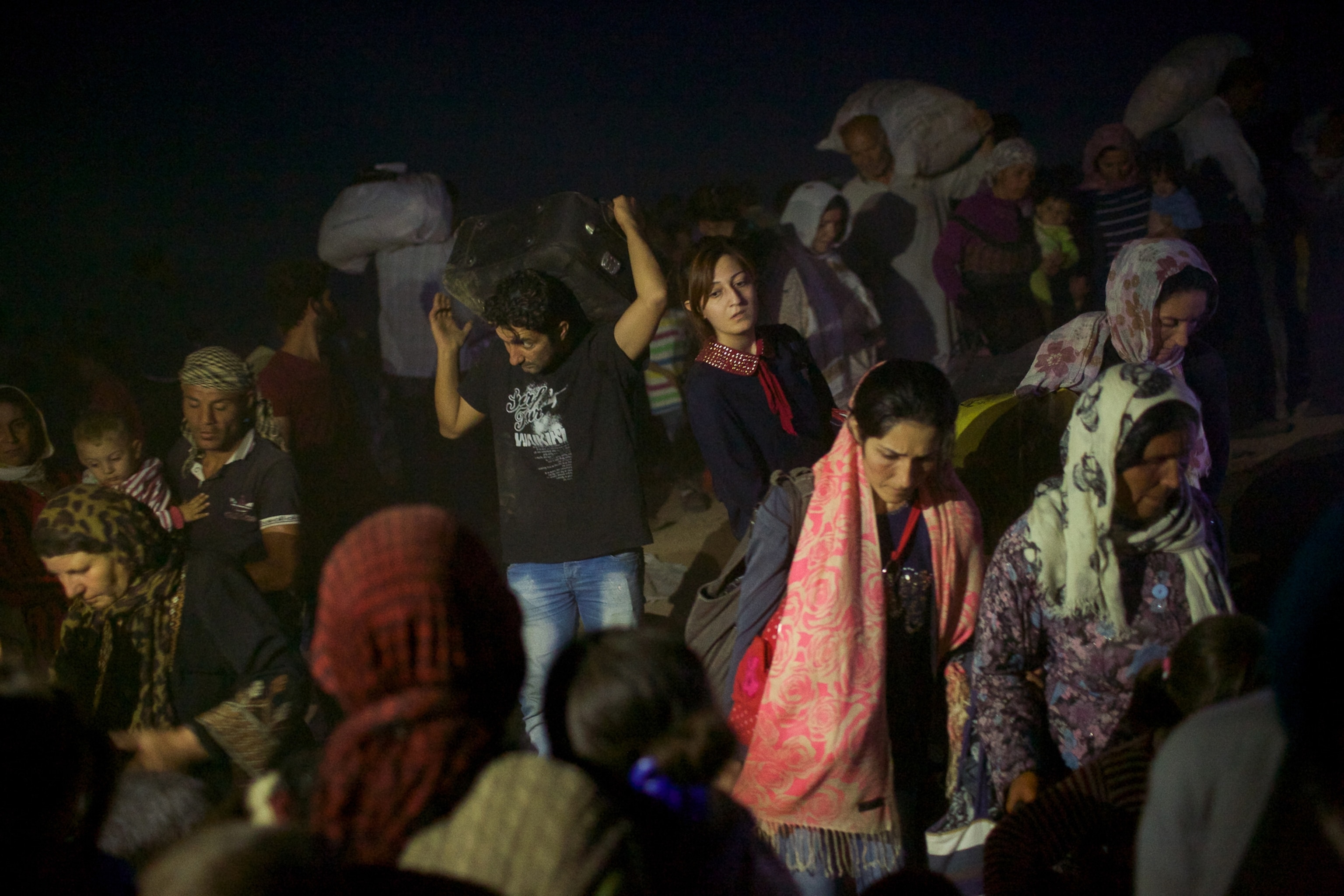
Did the Islamic State have any message for the locals?
The incredible bombardment as they were getting closer was enough for them to get out. Those who didn’t get out are now being killed. It’s absolute lunacy.
How is Turkey dealing with the huge influx of refugees across its borders?
They’re letting them across. They consider them brothers and sisters, so no passport needed. There are massive camps here that have been entrenched for one to two years, seven or eight of them, and each one is holding some 30,000 people. They’re fed three meals a day, they get money every week for groceries. The Turkish government is bending over backwards.
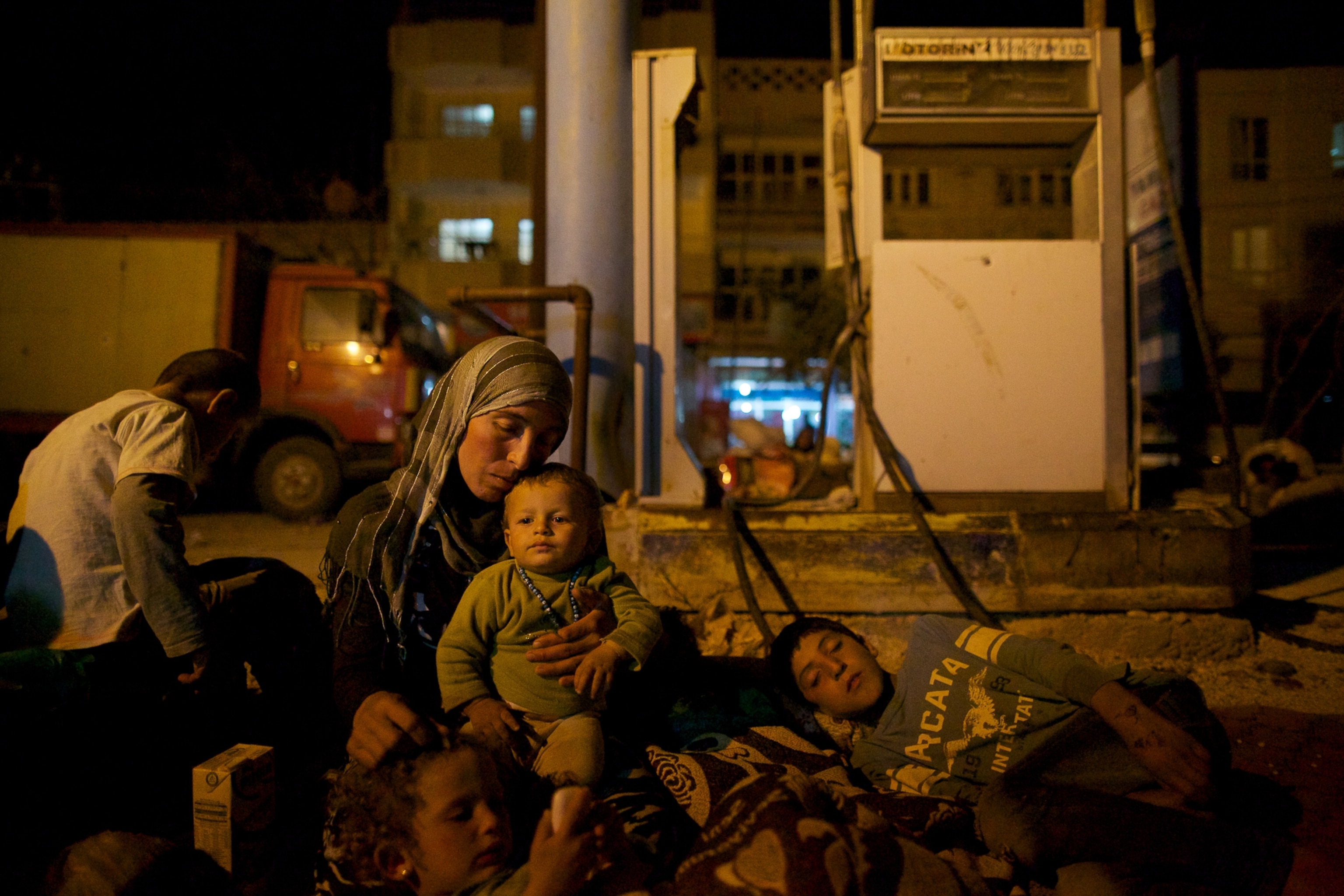
How dangerous is it for you?
I’ve been warned to be watchful. Because there’s now so much military at the border, I’m not concerned in this one spot. But there are other places I won’t get near at all. You don’t know who you’re talking to when you get close. You think of worst-case scenarios.
Follow John Stanmeyer on Instagram and Twitter. Follow Scott Johnson on Twitter.
